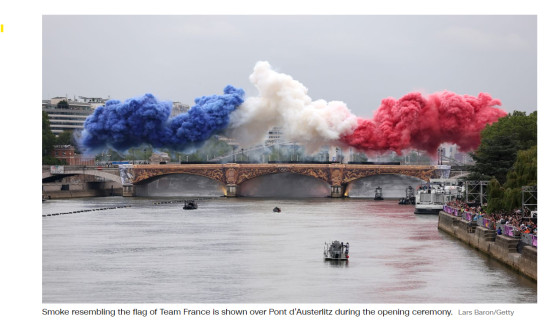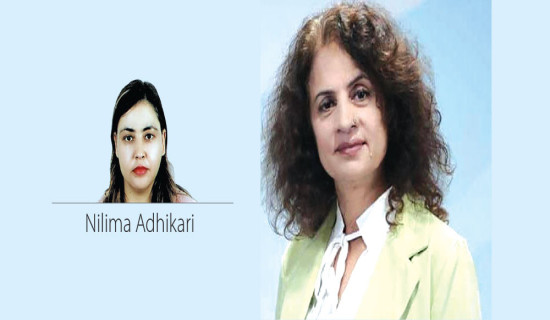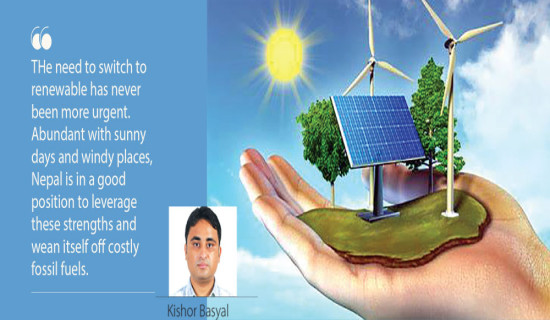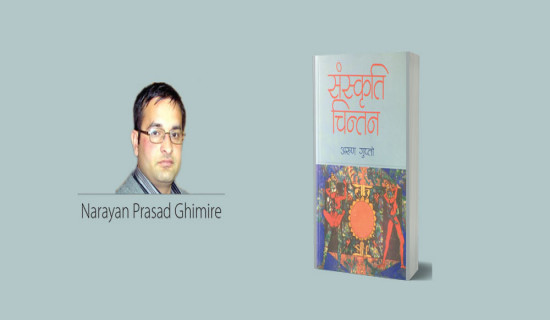- Saturday, 27 July 2024
Vitalise Health Sector
It is rightly said that health is wealth. People’s physical and mental well-being is far more important than their material gains because they cannot derive happiness from wealth if one is physically frail or mentally ill. This is why every government attaches higher priority to public health and allocates a deserving chunk of national budget to provide quality health services to the citizens. Nepal’s constitution has recognised health among the fundamental rights of the people. It states, “Every citizen shall have the right to free basic health services from the State, and no one shall be deprived of emergency health services and every person shall have the right to get information about his or her medical treatment.”
Every Nepali want their equal access to health services. However, there has been a yawning gap between the constitutional promise and equitable delivery of health services to the people. A lack of required human resources and infrastructure stands as major obstacle to serve the rising number of health service seekers. Due to the lack of adequate budget, access to quality health facilities is still a far cry. According to World Health Organisation (WHO), it is necessary to earmark around 10 per cent of the total budget for the health sector but Nepal government has allocated only 4.8 per cent of the budget in 2079-80 B.S. Previous budgets had also put aside similar amount of the budget for the sector.
As per one estimate, the country requires around 93,000 health workers, including doctors, nurses and technicians but it has current only about 25,000 available. There should be 44.5 physicians, nurses, and midwives per 10,000 population as a new minimum density threshold. There were 187 public healthcare centres (PHCs), 3,778 health posts (HPs) and 215 public hospitals across the country. Likewise, the country has 246 basic hospitals with a capacity of 5 to 15 beds, 333 general hospitals with 25 to 50 beds, 79 hospitals with 100 to 300 beds, 28 specialised hospitals (100+ beds), 22 super speciality hospitals (50+ beds) and 29 academy and teaching hospitals (300+ beds).
The number of these medical utilities spread from cities and rural areas indeed shows the government commitment to providing health services to the people but the health centres are ill-equipped in terms of human resources and physical infrastructure. As a result, their services are not up to the mark. Those, who have studied under the government scholarships, must work in the remote region for two years but many of them flout this provision and do not serve in the far-flung places. The health authorities should strictly implement this rule.
Although the state's health facilities do not have sufficient number of medical workers, there is no dearth of them in the country. The medical and nursing colleges and federal-level health academies have produced significant number of health professionals. Many of them are working on contract/temporary basis but in the absence of job security, they are going abroad for better career prospects. Appropriate policy needs to be devised to retain them at home. The three-tier government should work in tandem to manage the available human resources while giving priority to health sector in their plans, policies, budgets and programmes.

















